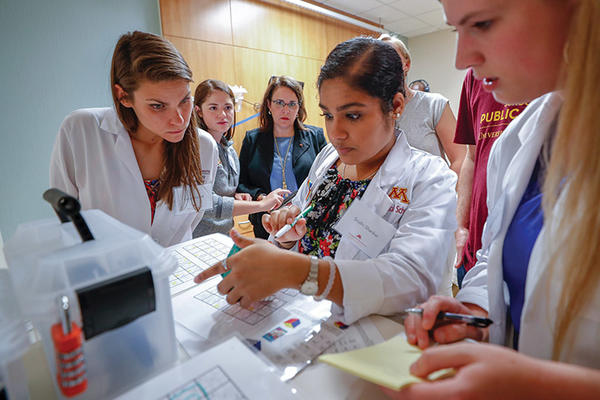Leading symptom science by improving spasticity
News from the Center for Aging Science and Care Innovation
March 26, 2020

Finding innovative solutions to improving symptoms is an important area of research in the Center for Aging Science and Care Innovations. Center member and Assistant Professor Rozina Bhimani, PhD, DNP, APRN, FNP-BC, CNE, is a leader in changing how we manage the poorly understood symptom of spasticity in people with movement disorders.
Spasticity is a common and distressing symptom in people who have neurological disorders, such as a stroke, cerebral palsy or multiple sclerosis. However, little is known about this symptom’s trajectory, which limits the management options for patients and clinicians. Bhimani’s groundbreaking work has identified that spasticity is a cluster of symptoms that overlaps with pain and other sensory symptoms. She was the first to report that the term “spasticity” was used incorrectly and interchangeably for muscle tightness by both clinicians and patients.
With this knowledge, she convened a group of clinicians and developed a consensus definition of muscle tightness to differentiate it from spasticity. Using her descriptions of the patients’ experiences with muscle tightness and the consensus definition, she developed and tested a Muscle Tightness Measurement Tool that clinicians can use to assess muscle tightness reliably. She currently has funding from the Association of Rehabilitation Nursing Foundation to examine how spasticity effects function in people who have had a stroke. Her work is providing patients and clinicians with important assessment tools and approaches to improve the discomfort of spasticity.

